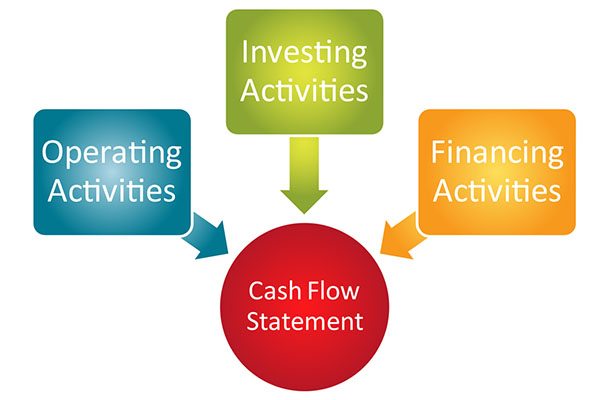To be direct or not to be
By Jonathan Lim
Most people know that a cash flow statement is analysed between operating, investing and financing activities. Of these three activities, it is hard to overstate the importance of operating cash flows, which is the discretionary cash a company has at its disposal for investments, debt reduction and dividends.
As such, it is important for those who build financial models and/or users of financial statements to know and understand the differences between the direct and indirect method of preparing the cash flow statement. Under International Accounting Standards (IAS 7), the Statement of Cash Flows can be prepared using either the indirect or direct method. The main differences between the two relate to how operating cash flows are calculated and presented.
Indirect Method
The calculation of net cash flows from operating activities under the indirect method adopts a bottom up approach. Earnings are adjusted for the effects of:
- Non-cash items e.g. depreciation, unrealised exchange gains etc;
- Items for which the cash effects are investing or financing in nature e.g. proceeds on sale of fixed assets; and
- Changes to operating working capital e.g. changes in stock, debtors and creditors’ balances
The operating cash flows section under the indirect method would appear something like this:
Profit before interest and income taxes xx,xxx
Add back depreciation xx,xxx
Add back amortisation of goodwill xx,xxx
Increase in receivables xx,xxx
Decrease in inventories xx,xxx
Increase in trade payables xx,xxx
Interest paid xx,xxx
Income taxes paid xx,xxx
Net cash from operating activities xx,xxx
Direct Method
The direct method adopts a top down approach, and no adjustments are required for non-cash items. Instead, major classes of gross cash receipts and payments are disclosed in the cash flow statement.
The operating cash flows section under the direct method would appear something like this:
Cash receipts from customers xx,xxx
Cash paid to suppliers xx,xxx
Cash paid to employees xx,xxx
Cash paid for other operating expenses xx,xxx
Interest paid xx,xxx
Income taxes paid xx,xxx
Net cash from operating activities xx,xxx
Some of you may ask why interest is reported under operating cash flows when it is incurred as a result of new borrowings, where proceeds are reported under financing cash flows. Although the proceeds of new borrowings or cash paid to retire debt are reported as financing activities, interest paid on debt should be classified as an operating item. In the same way that net income is considered to be earnings available to shareholders, operating cash flow is measured from a shareholder’s point of view i.e. net income is measured after interest expense but before dividends.
In Summary
Regardless of your preference, both methods would give the same result for operating cash flows. While the choice of preparation is not an accounting policy in accordance with IAS 8 (Accounting policies, Changes in Accounting Estimates and Errors), companies should select and stick to the one method that they are most comfortable with for consistency’s sake.
To view the differences in how operating cash flows are calculated and presented under each method, click here to see an example.
If you are up for the challenge, try to redo the cash flow statement using both methods, download exercises here.








